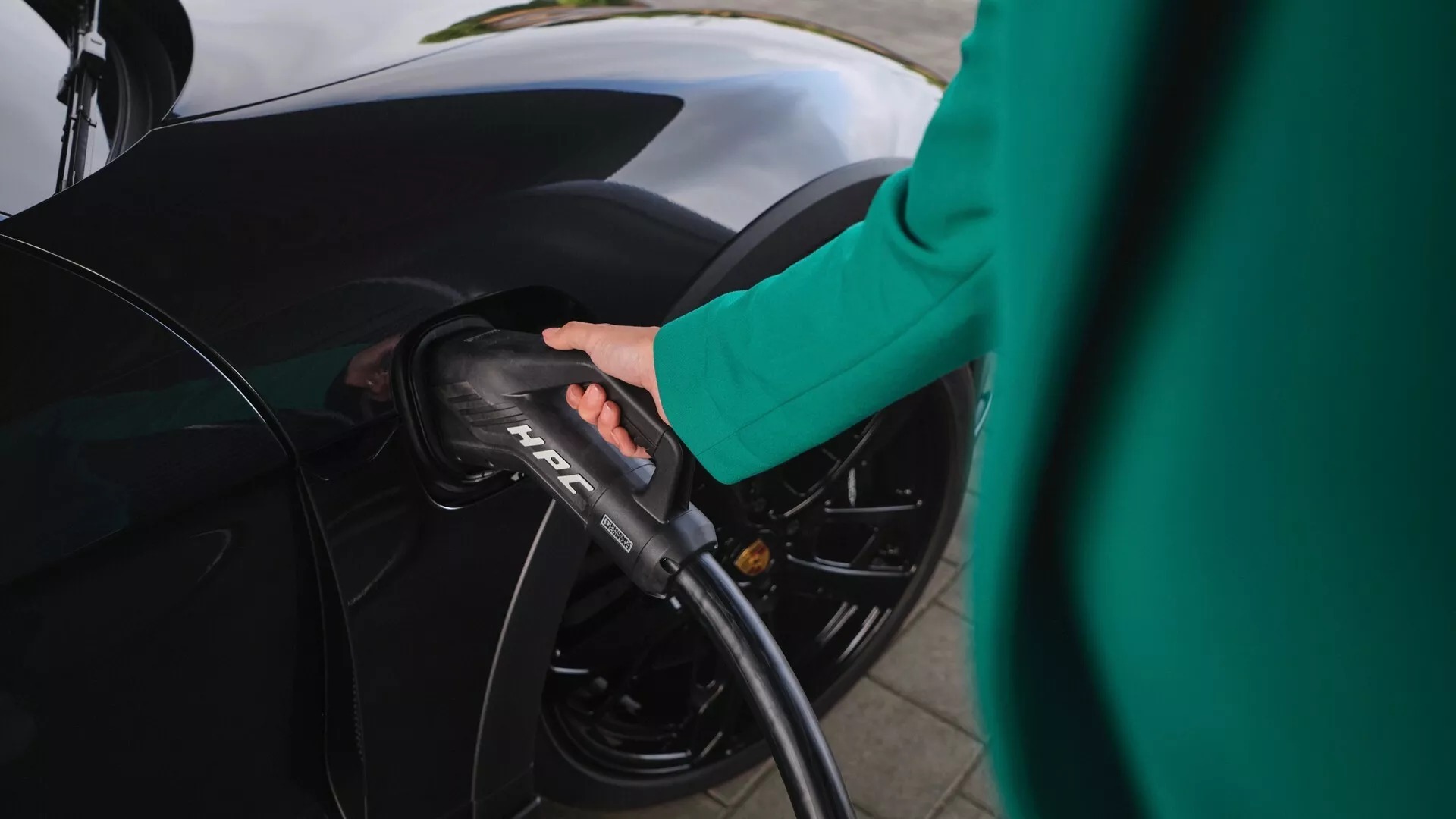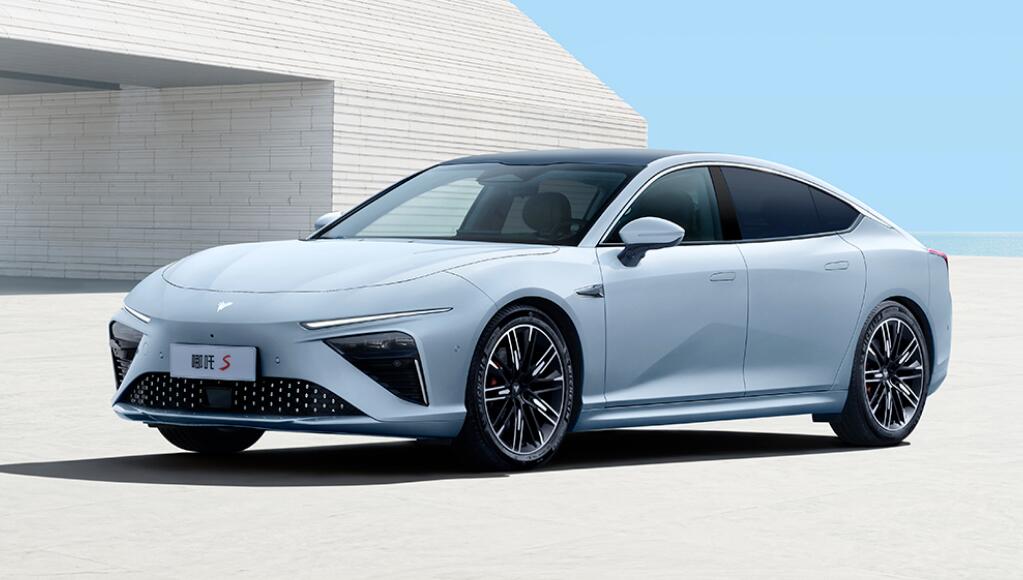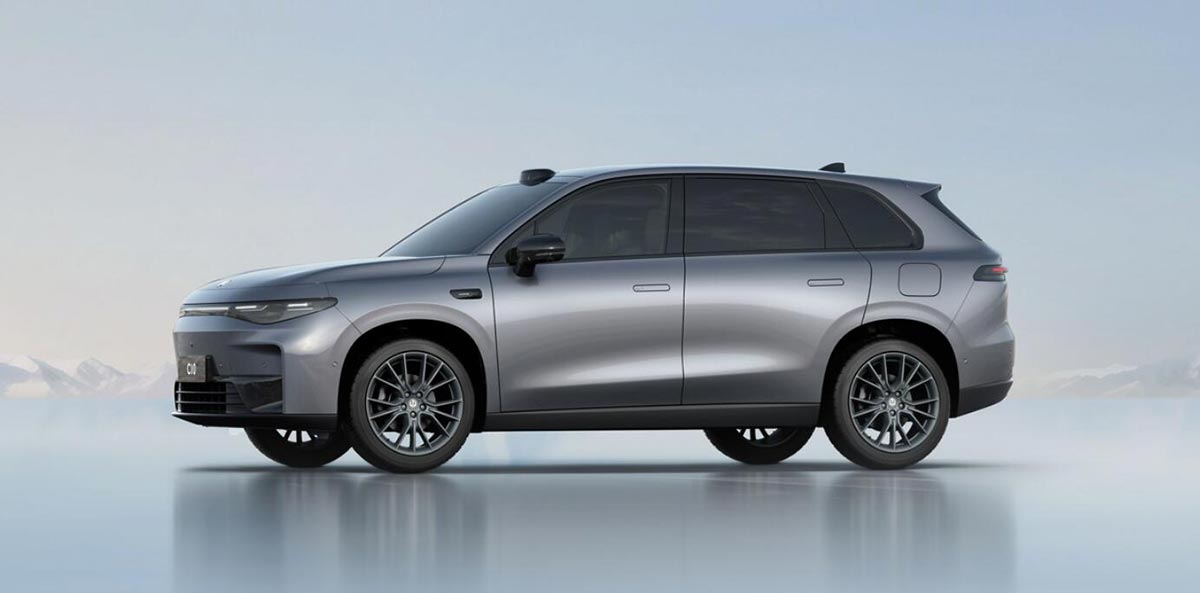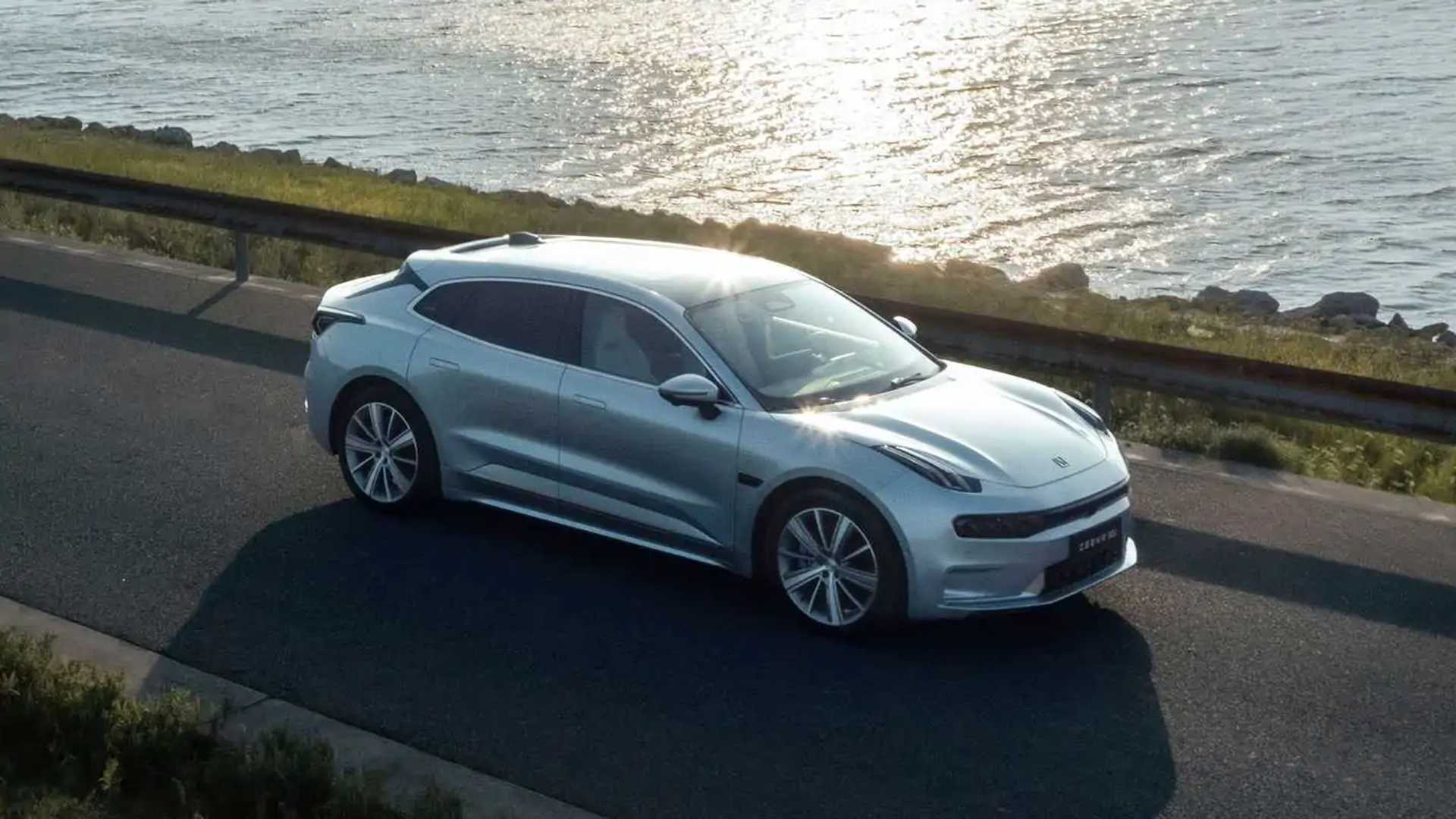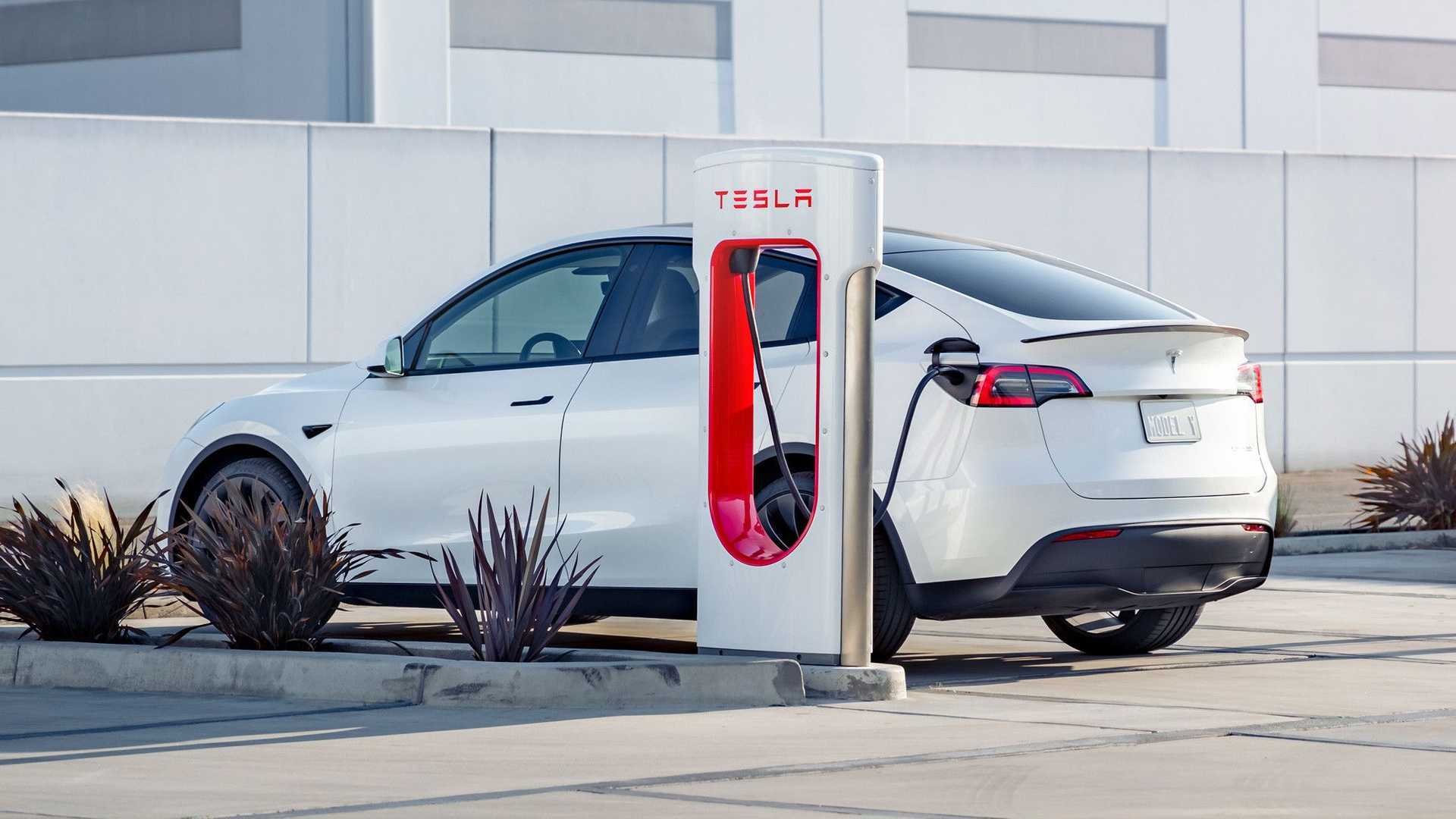United Kingdom’s Department for Transport has unveiled its Zero Emission Vehicle (ZEV) mandate, ushering in a new era for the automotive industry. The mandate, confirmed after a government announcement on Thursday, imposes significant obligations on UK automakers, demanding that 22 percent of all new cars and 10 percent of all new vans sold in 2024 be zero-emission vehicles.
This quota is set to gradually increase, reaching a remarkable 80 percent by 2030, ultimately paving the way for a complete transition to zero-emission vehicles by 2035. However, manufacturers that fail to meet these targets will face financial penalties, though there is some respite for van manufacturers as the fine for exceeding the quota has been reduced from £18,000 to £9,000, in response to industry lobbying.
In response to the announcement, Transport Secretary Mark Harper stated, “Our mandate provides certainty for manufacturers, benefits drivers by providing more options, and helps grow the economy by creating skilled jobs. We are also making it easier than ever to own an electric vehicle, from reaching record levels of chargepoints to providing tax relief for EV owners.”
Mike Hawes, chief executive of the Society of Motor Manufacturers and Traders, a prominent industry body, welcomed the government’s clarification on the matter. He remarked, “Delivering the mandate will challenge the industry, despite the flexibilities now included to support pragmatic, equitable delivery given this diverse sector.”
This development comes on the heels of Prime Minister Rishi Sunak’s recent adjustments to the UK’s short-term environmental goals, including a postponement of the ban on new combustion engine vehicle sales initially slated for 2030. Such decisions have left car companies seeking clarity on government policies, particularly as concerns mount over the 22 percent quota for electric vehicles (EVs) in 2024, which some fear may adversely affect production due to perceived insufficient consumer demand.
As the UK charts its course toward a greener automotive future, stakeholders in the industry are closely monitoring these developments, navigating both the opportunities and challenges presented by this bold step toward electric mobility.

